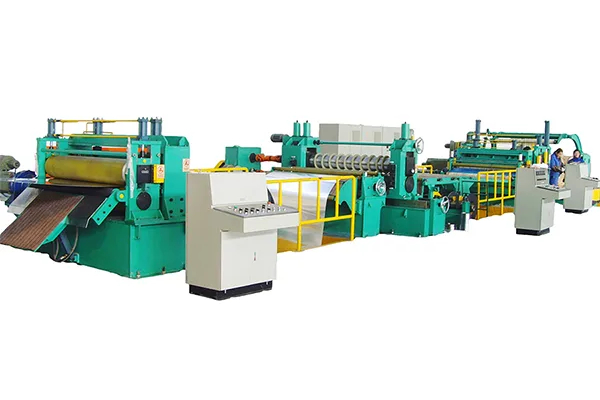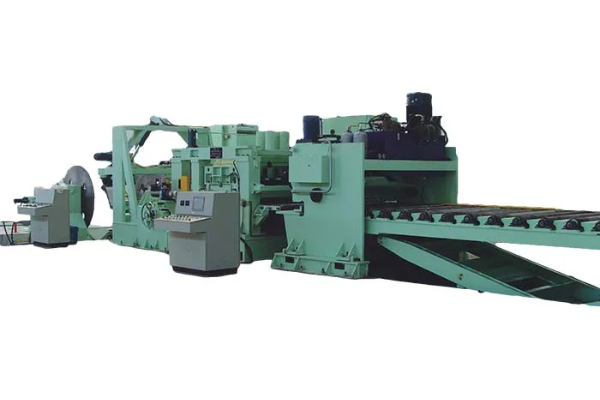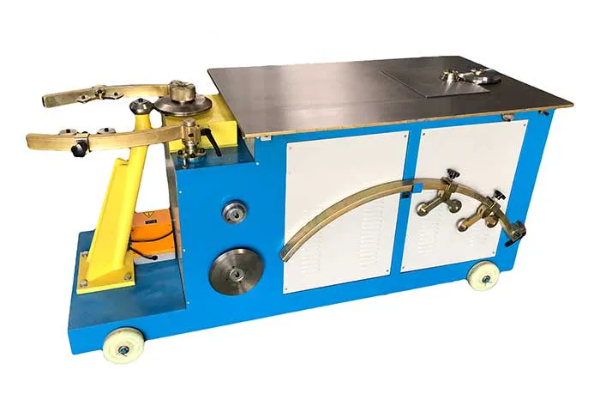
How to Integrate Sheet Metal Rolling Machines with Other Manufacturing Equipment
- By:Metmac
- 2024-08-01
- 120
In the ever-evolving landscape of manufacturing, seamless integration of equipment is paramount to maximize efficiency and productivity. Sheet metal rolling machines play a crucial role in shaping and forming metal components, and their integration with other manufacturing equipment can unlock a world of possibilities. This article delves into the intricacies of integrating sheet metal rolling machines with other equipment, exploring the benefits, challenges, and best practices.
Benefits of Integration
Increased Efficiency: Integration enables automated material flow between machines, reducing manual handling and minimizing wasted time.
Enhanced Accuracy: By connecting rolling machines with CNC systems, precision is improved, leading to consistent and high-quality parts.
Reduced Production Time: Automated processes eliminate bottlenecks and speed up production cycles, freeing up valuable time for other tasks.
Improved Safety: Integration minimizes human interaction with machinery, reducing the risk of accidents and injuries.
Challenges of Integration
Compatibility Issues: Ensuring compatibility between diverse equipment can be a logistical challenge, especially with legacy systems.
Communication Protocols: Establishing reliable communication protocols among machines is vital for smooth operation.
Software Integration: Interfacing with different software platforms can require customization and debugging.
Technical Expertise: Implementing and maintaining integrated systems requires specialized technical expertise.
Best Practices for Integration
Plan Thoroughly: Define clear objectives and requirements before undertaking integration, considering all aspects of the manufacturing process.
Choose Compatible Equipment: Select sheet metal rolling machines and other equipment that are designed for seamless integration.
Use a Central Control System: Implement a central control system to manage and coordinate the operation of all integrated equipment.
Involve Technical Experts: Engage experienced engineers and technicians to ensure proper implementation and ongoing support.
Test and Refine: Conduct thorough testing and refine the integration process to optimize performance and address any issues.
By following these best practices, manufacturers can effectively integrate sheet metal rolling machines with other equipment, unlocking new levels of efficiency, accuracy, and productivity. Embracing this integration strategy is a transformative step towards a more robust and competitive manufacturing operation.
-
Metal Punching Machine: Engineering Holes, Slots, and Forms with Unmatched Precision
2025/11/15 -
Sheet Metal Rolling Machine: Shaping the Curves of Modern Industry
2025/11/15 -
Metal Shear Machine: The First Cut in Precision Fabrication
2025/11/15 -
Metal Bending Brake: The Cornerstone of Precision Fabrication
2025/11/15
-
Advanced Sheet Metal Rolling, Laser Cutting, and Folding Machines for Precision Fabrication
2025/10/31 -
High-Performance Sheet Metal Bending and Cutting Machines for Modern Fabrication
2025/10/31 -
High-Quality Sheet Metal Equipment for Sale: Efficient Solutions for Modern Manufacturing
2025/10/31 -
High-Performance Sheet Metal Equipment for Sale: Forming and Shearing Solutions for Modern Fabrication
2025/10/22
-
A Guide to the Latest Innovations in Sheet Metal Folding Machines
2024/11/29 -
Key Features to Consider When Investing in a Sheet Metal Folding Machine
2024/11/28 -
Enhancing Precision with Advanced Sheet Metal Folding Machines
2024/11/27 -
How to Choose the Right Sheet Metal Folding Machine for Your Workshop
2024/11/26







